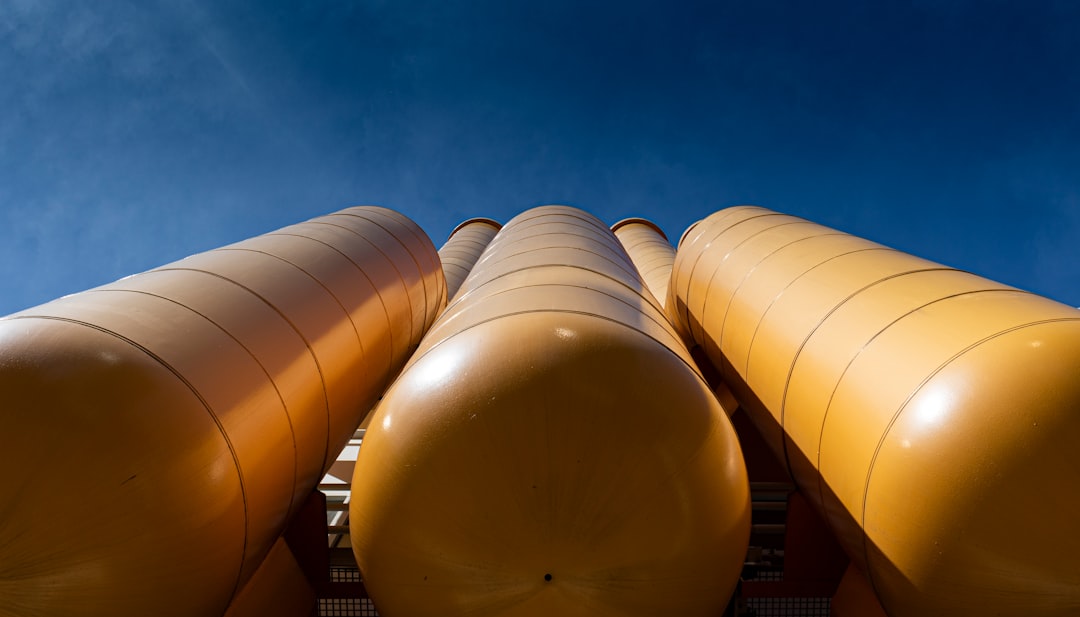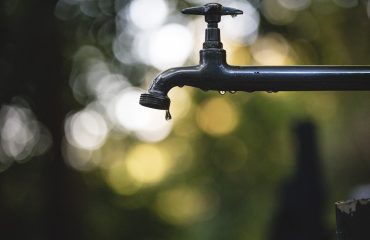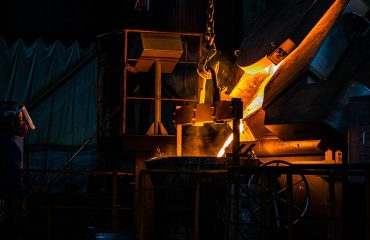body { font-family: sans-serif; line-height: 1.6; }
h1, h2, h3 { color: #333; }
img { max-width: 100%; height: auto; }
Waste heat recovery (WHR) is a crucial aspect of sustainable industrial practices, offering significant energy savings and environmental benefits. While the overall system design is paramount, the often-overlooked component that plays a vital role in the success of any WHR project is the piping system. Pipes are the circulatory system of WHR, transporting the captured heat energy to where it can be effectively utilized. This post delves into the critical considerations involved in selecting, designing, and implementing piping systems for optimal waste heat recovery.
1. Material Selection: Choosing the Right Pipe for the Job
The choice of pipe material is paramount, heavily influenced by the temperature and chemical composition of the waste heat stream. Several factors must be considered:
- Temperature Resistance: High-temperature applications may necessitate materials like stainless steel (304, 316L, or even higher alloys), Inconel, or Hastelloy, which can withstand extreme heat without degrading. Lower-temperature applications might utilize carbon steel or even high-density polyethylene (HDPE) pipes.
- Corrosion Resistance: The chemical nature of the waste heat stream is critical. If the fluid is corrosive, materials resistant to the specific chemicals are essential. Stainless steels offer good corrosion resistance in many scenarios, while other materials like titanium or specialized alloys may be necessary for particularly aggressive environments.
- Pressure Rating: Pipes must withstand the operating pressure of the system. Higher pressures necessitate thicker pipe walls or the use of higher-pressure-rated materials. Accurate pressure calculations are crucial for safety and system integrity.
- Thermal Conductivity: For efficient heat transfer, materials with high thermal conductivity are preferred. However, this needs to be balanced against other factors like cost and corrosion resistance.
- Cost and Availability: While performance is key, the cost and availability of materials are also crucial considerations. A balance between performance and cost-effectiveness is often necessary.
2. Pipe Design and Insulation: Minimizing Heat Loss
Minimizing heat loss during transportation is crucial for maximizing WHR efficiency. Careful pipe design and insulation are essential:
- Pipe Diameter and Length: Careful calculations are needed to determine the optimal pipe diameter to balance pressure drop and heat loss. Longer pipe runs increase the surface area exposed to heat loss, necessitating thicker insulation.
- Insulation Material: Insulation materials like fiberglass, calcium silicate, or polyurethane foam are commonly used to minimize heat loss. The choice depends on temperature, cost, and environmental considerations. The thickness of the insulation layer is directly related to the heat loss reduction.
- Insulation Installation: Proper installation of insulation is crucial to prevent gaps and ensure continuous thermal protection. Any gaps can significantly reduce the effectiveness of the insulation.
- Pipe Supports and Clamps: Proper pipe support is essential to prevent sagging and stress on the pipes, which can lead to leaks and premature failure. Supports should be designed to minimize heat loss and allow for thermal expansion and contraction.
3. Pipe Fittings and Valves: Maintaining System Integrity
Pipe fittings and valves are essential components of any piping system. Their selection impacts both efficiency and safety:
- Material Compatibility: Fittings and valves should be made of materials compatible with both the pipe material and the fluid being transported, ensuring corrosion resistance and longevity.
- Pressure Rating: Fittings and valves must be rated for the system’s operating pressure to prevent leaks or failures.
- Flow Control: Valves are used to control and regulate the flow of the heat transfer fluid. Proper valve selection ensures efficient operation and prevents damage to the system.
- Leak Prevention: Proper sealing and installation of fittings and valves are crucial to prevent leaks, which can lead to energy loss and safety hazards.
4. Expansion Joints and Thermal Considerations: Accounting for Temperature Fluctuations
Temperature changes cause pipes to expand and contract. This needs to be accounted for in the design to prevent stress and potential failure:
- Expansion Joints: Expansion joints are incorporated into the piping system to accommodate thermal expansion and contraction, preventing stress on the pipes and fittings.
- Anchoring and Supports: Proper anchoring and support of the piping system are crucial to prevent movement and stress due to thermal expansion and contraction.
- Thermal Stress Analysis: A thermal stress analysis should be conducted to ensure that the piping system can withstand the expected temperature fluctuations without exceeding its design limits.
5. Monitoring and Maintenance: Ensuring Long-Term Performance
Regular monitoring and maintenance are crucial for the long-term performance and safety of the WHR piping system:
- Temperature Monitoring: Continuous monitoring of pipe temperatures helps identify potential problems like insulation failure or leaks.
- Pressure Monitoring: Regular pressure checks help detect leaks or blockages in the system.
- Visual Inspections: Regular visual inspections of the piping system can identify corrosion, damage, or other issues.
- Preventive Maintenance: A proactive maintenance schedule helps prevent problems before they occur, maximizing the lifespan of the piping system and minimizing downtime.
In conclusion, the piping system is a critical component of any successful waste heat recovery project. Careful consideration of material selection, design, insulation, fittings, expansion joints, and maintenance is essential for maximizing efficiency, safety, and the overall lifespan of the system. By understanding these key aspects, industries can effectively harness wasted energy and contribute to a more sustainable future.
SEO Tags: Waste Heat Recovery, WHR Piping, Industrial Piping, Heat Transfer Pipes, Pipe Insulation




